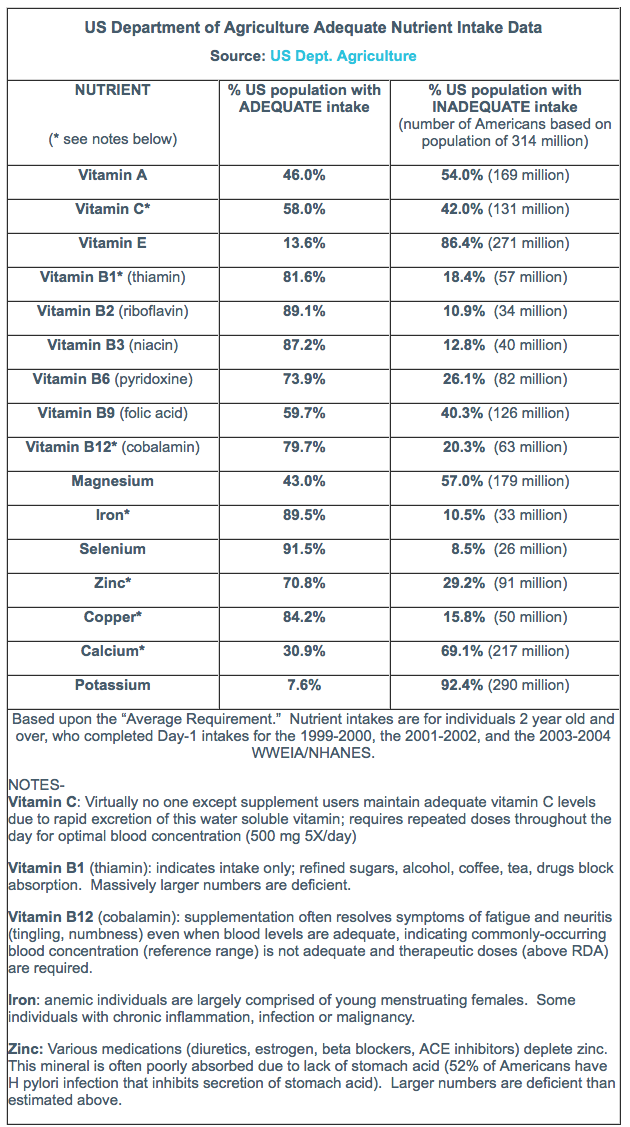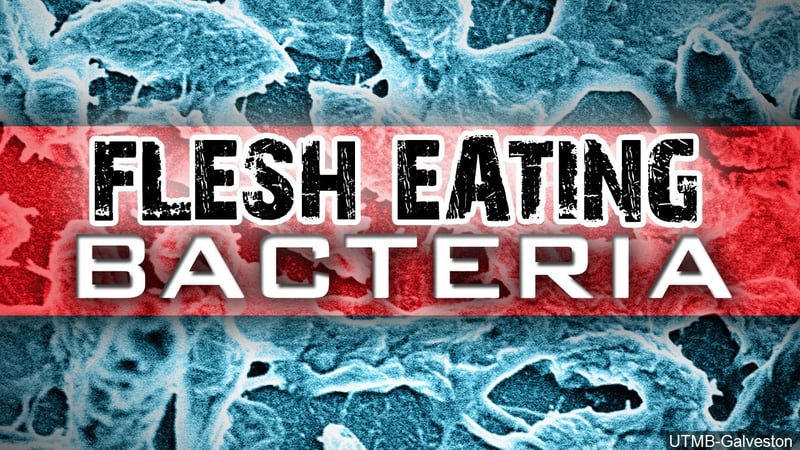This article is copyrighted by GreenMedInfo LLC, 2018
Visit our Re-post guidelines
Visit our Re-post guidelines
.jpg)
Fighting infection with conventional antibiotics is becoming an increasingly hopeless affair. The CDC recently warned these drugs are useless in combatting deadly 'super germs.' So what can one do? Your kitchen holds the key.
Every day in this country, all day long, patients and doctors reach for conventional antibiotics when opportunistic infections present themselves. The fact that most infections are self-limiting (the body has an immune system, we often forget), and that antibacterial antibiotics are often administered for viral infections, against which they are useless and even infection-promoting, is rarely if ever acknowledged.
There is also the problem that antibiotics themselves drive the growth of antibiotic resistant subpopulations of bacteria, and as a result creating “super germs" against which the conventional antibiotics are useless. This effect can adversely alter the microbial substrate for our health for months, years, and perhaps for our entire lifetime (and our progeny’s lifetimes).
The good news is that doctors and their patients are starting to wake up. The concept of taking a probiotic to promote health, for instance, is practically mainstream knowledge now. There is even compelling research that viruses in our body are essential to fight bacterial infections and cancer, and that viruses are so important that we should consider taking proviriotics (substances that feed their growth) to support our virally-base immunity. Watch Dr. Virgin’s amazing NIH lecture below to learn about the health-promoting role of viruses as members of the virome (the viral component of the microbiome) in the video below:
To gain a greater appreciation for the ongoing paradigm shift concerning "germs," you can read my article on how the discovery of the microbiome has demolished a key tenet of Germ Theory, namely, that viruses and bacteria are primarily pathogenic in nature: How The Microbiome Destroyed the Ego, Vaccine Policy, and Patriarchy. Or, take a peak a my more recent article discussing how human influenza is comprised of proteins and lipids derived from our own bodies, precluding them from being classified fully as "other": Why The Only Thing Influenza May Kill Is Germ Theory.
The Rise of Natural Medicine for Treating Infections
And so, in the past few years, interest in evidence-based, natural alternatives, which provide safer and more effective relief, have increasingly expanded. Together, we are re-learning and remembering the wisdom of the ancients: let food be your medicine.
At GreenMedInfo.com, we have indexed a broad range of natural substances that have potent anti-microbial activity, including commonly available and inexpensive ‘kitchen remedies’ like honey, garlic, lemon, to name but a few. In actuality, thousands of natural substances have antimicrobial activity, which unlike conventional drugs, are far more capable of restoring balance within the microbiome. We have indexed hundreds of studies on this topic, all of which can be found on our Research Dashboard dedicated to Antibiotic Resistant Infection.
Garlic Versus First-Line Antibiotic for Vaginal Infection
A relatively recent study adds to the already impressive body of research in this field. Titled “Comparing the Therapeutic Effects of Garlic Tablet and Oral Metronidazole on Bacterial Vaginosis: A Randomized Controlled Clinical Trial,” medical researchers demonstrated the power of garlic in treating bacterial vaginosis, one of the most common gynecological infections afflicting women of reproductive age today.
Bacterial vaginosis (BV) affects 29.2% of women aged 14-49, and 25% of pregnant women in the US, according to CDC statistics. According to the study,
“This infection is asymptomatic in 50% to 75% of cases and symptomatic cases present with homogeneous gray-white vaginal discharge with fishy odor, especially after intercourse or during menstruation”
It is believed that BV results from reduced quantities of hydrogen peroxide producing lactobacillus and increased anaerobic organisms such as Gardnerella vaginalis, Mycoplasma hominis, and Prevotella species. Antibiotics are notorious for lacking specificity in inhibiting only those opportunistic strains that can cause harm, which is why it is no wonder that the standard of care treatment of BV with metronidazole has a notoriously poor success rate.[1]
Moreover, antibiotics like metronidazole come with a wide range of side effects, including nausea, diarrhea, vomiting, headache, dizziness weight loss, and abdominal pain.
Even more concerning is the fact that the drug has been identified as a potential carcinogen both by the US National Toxicology Program (NTP)[2] and the WHO International Agency for Research on Cancer.[3]
The new study tested whether garlic could compete with metronidazole in treating BV. Garlic was a logical choice, since it has been used as an anti-infective agent for millennia, and has seen a tremendous amount of clinical validation in the past ten years, as evidenced by the literature on our Garlic Research Dashboard. You can also read previous reporting we have done on the topic of garlic’s immense value in addressing infections, such as Judy Cohain’s article on “How to Treat a Vaginal Infection with a Clove of Garlic.” Much of this research also demonstrates the potent anti-cancer properties of this powerfully medicinal food.
The design of the new study involved giving two groups of 60 married women (aged 18 to 44 years) either 500 mg garlic tablets comprised of 85.42% garlic powder, or metradizole. Each dose of garlic powder contained the equivalent of 8.9-mg allein, a potent antimicrobial compound. Both drugs were taken with meals at the dose of two tablets each 12 hours for seven days.
The two different treatments were evaluated using a diagnostic criteria showing active infection known as Amsel’s criteria. Not surprisingly, garlic was found superior to metronidazole at reducing infection at 70% and 48.3%, respectively. Additionally, garlic was found to have far lower side effects.
The researchers concluded:
“This study reveals that garlic could be a suitable alternative for metronidazole in treatment of BV in those interested in herbal medicines or those affected by side effects of metronidazole.”
Isn’t that amazing?
Before the advent of modern, conventional medicine, the world over used natural substances – spices, foods, herbs – to prevent and reverse disease. In fact, so important and valued were these that they were sometimes traded for their weight in gold. Now we know that the ancients were not as “primitive, superstitious, or pre-scientific,” as widely believed, we can appreciate science that honors their wisdom. In fact, it was their use of these substances that enabled them to survive thousands of years without modern medicine, and it is the use of these substances that will now allow us to survive modern medicine itself, which has become a primary cause of death.
For more information on natural healing alternatives to common drugs view our database sections titled, “The Superiority of Natural Substances versus Drugs,” and “Natural Substances Equipotent To Drugs,” to see research comparing natural versus synthetic approaches to prevent and treat disease.
And of course, please use our Research Dashboard, which contains research on over 3,000 ailments that can prevented or treated naturally, as evidenced by published, peer-reviewed research culled from the National Library of Medicine’s database MEDLINE (accessible viapubmed.gov)
Also, learn more about natural interventions for Bacterial Vaginosis here.
Looking for more in-depth information on natural remedies used since ancient times? Watch the upcoming docuseries on the topic by registering here.
References
[1] Review Bacterial vaginosis: a review on clinical trials with probiotics. Mastromarino P, Vitali B, Mosca L New Microbiol. 2013 Jul; 36(3):229-38.
[2] "Metronidazole CAS No. 443-48-1" (PDF). Report on Carcinogens, Twelfth Edition (2011). U.S. Department of Health and Human Services, Public Health Service, National Toxicology Program. Retrieved 2011-10-28.
[3] International Agency for Research on Cancer (IARC) (May 2010). "Agents Classified by the IARC Monographs, Volumes 1–100" (PHP). World Health Organization. Retrieved 2010-06-06.



.jpg)




 (
(
Disqus commenting is available to everyone.
To comment: